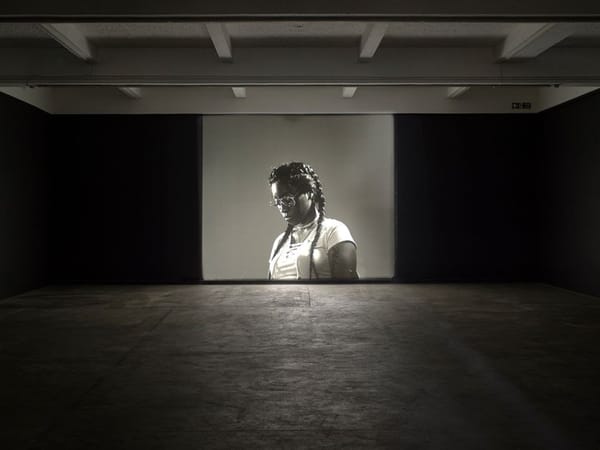The Wider Earth: a magical voyage of scientific discovery
Young Darwin’s odyssey brought to life.

Two years old, fresh out of uni and off on a five-year journey circumnavigating the world. That’s the story of Charles Darwin and his historic odyssey on the HMS Beagle – a fantastic tale that receives an enthralling dramatisation in The Wider Earth.
The Wider Earth takes us back to an age of discovery and uncharted waters. The coastlines were yet to be fully mapped. Photography was not yet invented. The tectonic movement of the Earth’s crust remained but an inkling in the writings of Charles Lyell. And as for living creatures? Few would dare challenge the biblical view that God had created each living being in its present form. It was in this scientific and religious climate that HMS Beagle set sail, with one enterprising naturalist on board.
The production, envisioned by the Australian theatre company Dead Puppet Society, is a masterpiece of digital animation, soundscape, puppetry and traditional theatre. Most of the action takes place atop a large revolving wooden structure, which undergoes a breathtaking number of transformations: from barren rock to Brazilian rainforest, from a stuffy library at Oxford to the storm-tossed deck of HMS Beagle. This is made possible by a wide screen running overhead across the stage, on which stunning moving backdrops are depicted – watercolours of the rolling English countryside; maps tracking the journey of the Beagle; thunderstorms, volcanic eruptions, deserts and oceans. Lighting and sound effects match the backdrops with precise timing – a flash of lightning is accompanied by thunder rumbling throughout the theatre, immersing the audience within the scene.
However, the most unique feature of the production is the inclusion of over 30 extraordinary puppets, showcasing the diverse animals Darwin saw on his voyage. From a skittish iguana to two ponderous Galapagos tortoises, the mobile puppets are operated with lifelike skill by the seven-person cast and add yet another dimension of reality to the multilayered scenes. Looking at the jewel-coloured butterflies fluttering around the rainforest, or the odd shape of a duck-billed platypus, one can almost begin to understand how awe-inspiring it must have been to encounter these creatures for the first time.

In addition to showing off the wonders of the natural world, another theme heavily explored in The Wider Earth is the conflict between accepted Christian beliefs and the implications of Darwin’s budding theories. Darwin, who was originally slated to become a pastor on his return from the voyage, struggles internally against his own religious beliefs and externally against proponents of Christian dogma, represented by Captain Fitzroy and Christian missionaries on board the Beagle. While admirable, this attempt at meaningful political and social commentary seems somewhat out of place. Despite being based on real events and people, the characters of the play come across as quite one-dimensional. Darwin, for instance, is played with unrelenting enthusiasm by Bradley Foster, who depicts the young naturalist as the stereotypically idealistic, enterprising adventurer. This stylised version of Darwin, however, is sufficient to convey the message of scientific curiosity and sheer wide-eyed wonder that makes The Wider Earth such a magical experience.
Darwin’s theory opened a path to new scientific discovery. Since his time, great leaps and strides have been made in our understanding of life and the natural phenomena on earth. Yet with all our technological and scientific progress, there is often a sense of fatigue – the idea that we are making only incremental progress on theories that were established centuries ago. The Wider Earth is a much-needed reminder of the spirit of scientific discovery, the beauty of the world around us, and the importance of looking at old things with fresh eyes.
-4 stars








